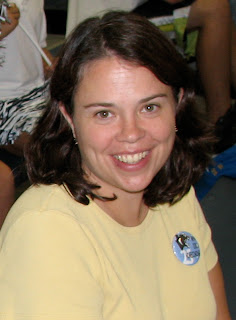
Here are some valuable resources for children's writers. If you've been writing for awhile, or just starting out, these resources are very helpful. While this list is certainly not comprehensive, it's a great place to start!
1. SCBWI - Society of Children's Book Writers & Illustrators is a national organization that organizes conferences twice a year (LA in August, NY in January). They also publish a bi-monthly bulletin and maintain a helpful website. Most states (or regions) have a local chapter of SCBWI. There are also international SCBWI chapters. You can find out about your local chapter on the main SCBWI website.
http://www.scbwi.org
2. CLN - The Children's Literature Network is based in Minnesota but serves people from all over. The sight is not just for writers, but for anyone interested in children's literature. Some of the website features are author profiles, book lists, and upcoming events.
http://www.childrensliteraturenetwork.org
3. The Purple Crayon - Children's Editor, Harold Underdown, maintains this site with tons of information about writing for children.
http://www.underdown.org
4. Verla Kay's Website - Verla Kay maintains a website with lots of information for children's writers and illustrators.
http://www.verlakay.com
5. Children's Writer Newsletter - This helpful paper newsletter comes out monthly and contains trends, interviews and articles about writing for children. Visit their website for more information and to subscribe.
http://www.childrenswriter.com





